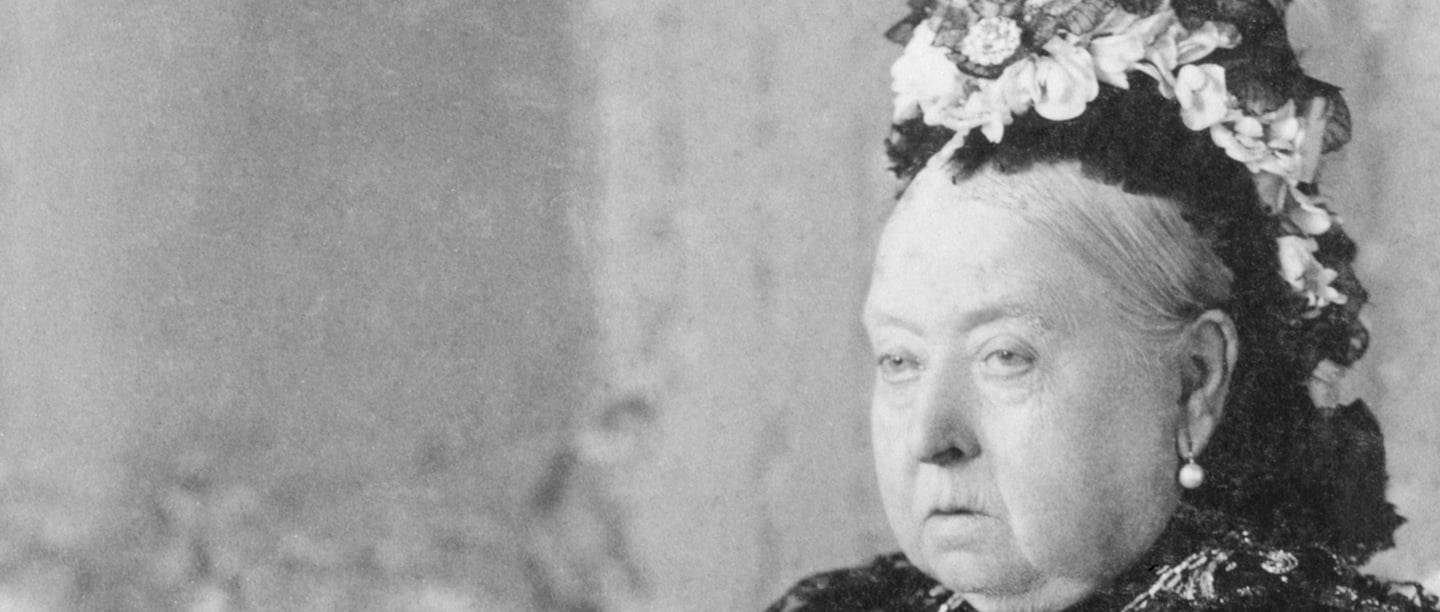Accession to the throne
Victoria was the niece and only living heir of William IV. She was crowned queen in 1837, aged just 18. Despite her age Victoria wasn’t naive about what this would entail – she had been trained and educated for the role of monarch from a very early age.
Victoria’s accession to the throne was initially immensely popular. Little was known about the new queen, and for the first few weeks of her reign her actions were widely discussed. Crowds of well-wishers attended her early public appearances.
Marriage to Prince Albert
In 1840, at the age of 20, Victoria married her cousin, Prince Albert of Saxe-Coburg and Gotha. Initially she was keen to assert her authority over her husband, even choosing Albert’s household for him. The unusual marriage dynamic was a source of contention for the couple – Albert often bemoaned that he could never truly be ‘master in his house’.
However, after two years of marriage it was clear that Albert had become the dominant partner in the relationship. At the same time, Victoria embraced the popular, submissive role of a wife, as women were perceived to be naturally inferior to and dependent on men. Victoria increasingly relied on Albert in political matters, particularly foreign affairs. He essentially became king in all but name, forming a sort of dual monarchy.
‘A Little Paradise’
To escape the pressures of life at London and Windsor, in 1845 Victoria and Albert bought an estate on the Isle of Wight. Under Albert’s supervision Osborne House was built there as a seaside family retreat for their growing family. It was completed in 1851.
Albert supervised the design of the formal gardens around the house, and also remodelled the parkland and pleasure grounds. In 1853–4 a timber Swiss Cottage was built for the royal children, for their entertainment and informal education.
Victoria used Osborne as a holiday home for over 50 years, but also entertained foreign royalty and visiting ministers there. She referred to it in her diaries as ‘a little paradise’.
Find out more
Albert’s Death
Prince Albert died in 1861, at the age of 42. Victoria never got over his death and entered into a state of permanent mourning – she famously only wore black until her death 40 years later.
Victoria withdrew completely from public life, at first receiving public sympathy, but her popularity waned as the years of seclusion went on. In 1871 a pamphlet scrutinising the queen’s finances and highlighting her lack of public duties was widely circulated.
Later in 1871 Victoria’s son Edward, Prince of Wales, caught typhoid. It was thought that he would die, but he survived, prompting much public celebration. In 1872 Victoria ordered a service of thanksgiving for her son, which marked her return to public life and turned public opinion back round to her and the monarchy.
Empress of India and Grandmother of Europe
Victoria became more politically active in the later years of her reign. In 1876 the government granted her the title Empress of India, as a means to tie the monarchy more closely with the British Empire. She installed Indian servants within her household and learnt Hindi, although she never visited the country.
Her love for Indian culture was reflected at Osborne, where a new wing was built in 1890–92. The magnificent dining room on its ground floor was known as the Durbar Room – its rich decoration was inspired by the architectural styles of northern India. The elaborate plasterwork in the Durbar Room was executed by the Indian plasterer Bhai Ram Singh.
By the time of her golden jubilee in 1887, Victoria was known as the grandmother of Europe – her children had married European royalty and played key roles in European affairs. In 1914 Victoria and Albert’s grandchildren occupied the thrones of eight European countries. Today Victoria’s legacy is present around the world. Hundreds of statues of the queen, together with countless streets and public buildings named after her, make her one of Britain’s most famous monarchs.
Find out more
-
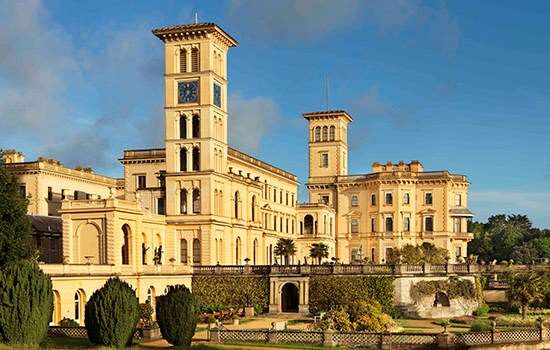
Osborne
Discover Osborne, built in the 1840s as a holiday retreat for Queen Victoria, Prince Albert and their children, situated spectacularly on the Isle of Wight.
-
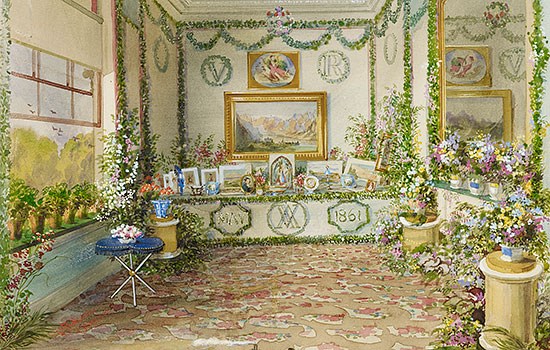
Birthdays at Osborne
Victoria and Albert celebrated most of their birthdays at Osborne. Find out what their birthday traditions and the gifts they exchanged tell us about their private lives.
-
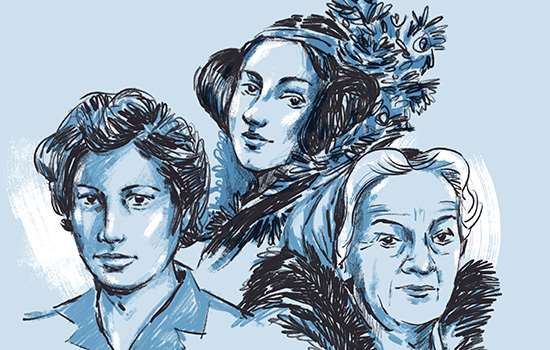
Women in history
Read about the remarkable lives of some of the women who have left their mark on society and shaped our way of life – from Anglo-Saxon times to the 20th century.
-
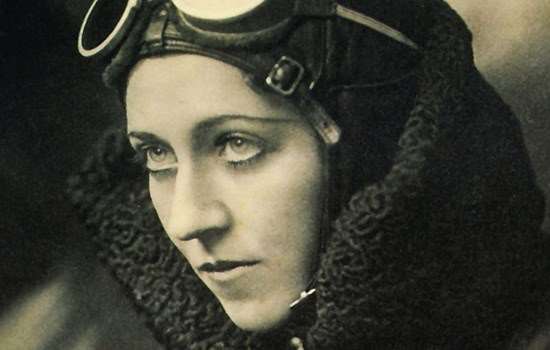
Pioneering Women in London
Discover some of London’s famous residents who took the historic first steps to open up new opportunities for women, and are now commemorated by blue plaques.

